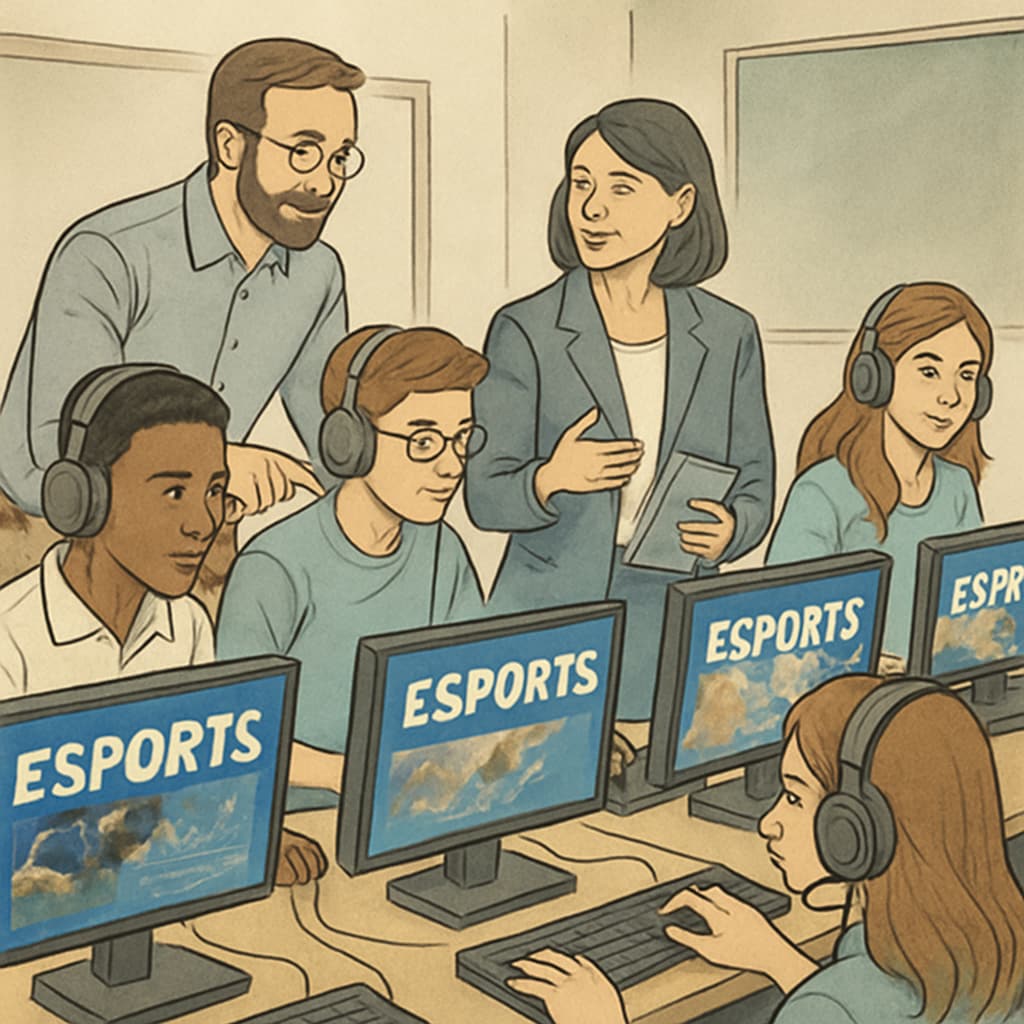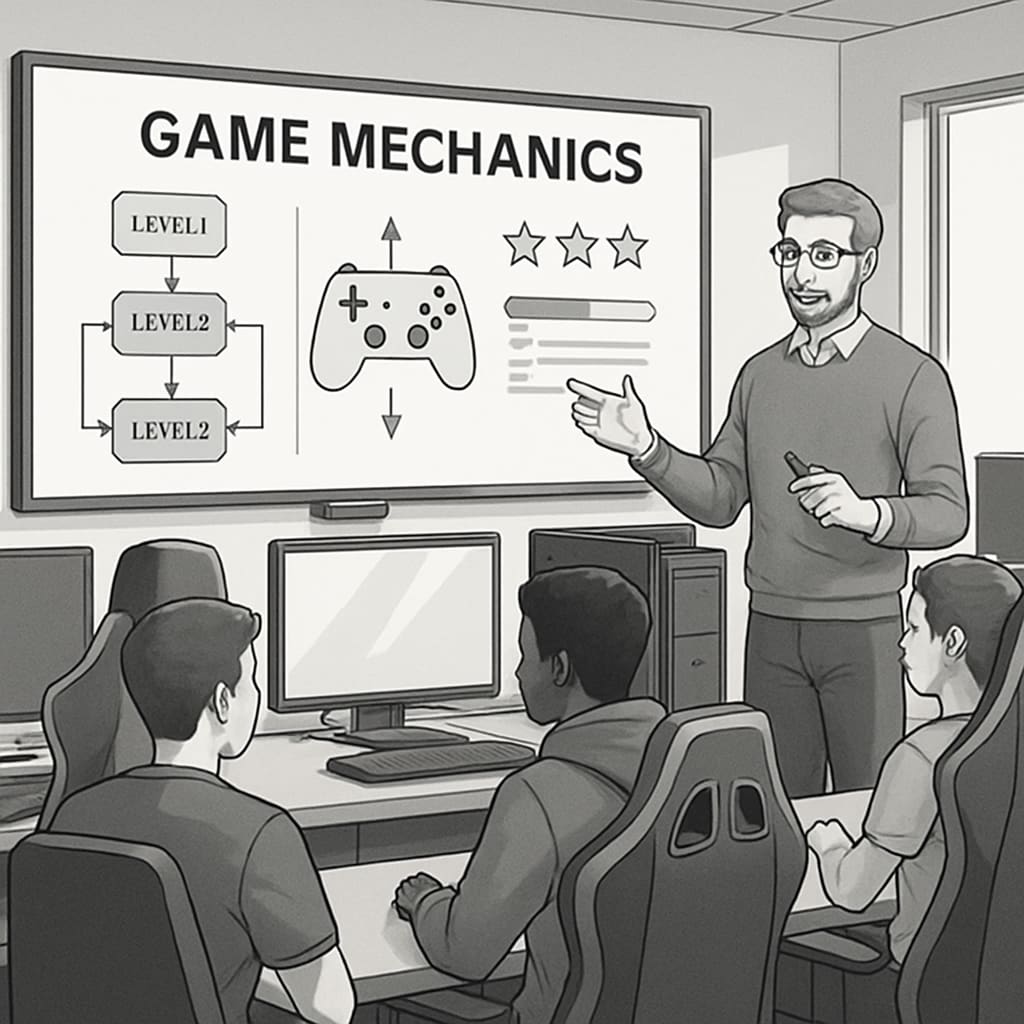Esports education, gamified learning, and strategic collaboration are reshaping the educational landscape as GameClass teams up with NASEF (North America Scholastic Esports Federation). This groundbreaking partnership introduces gamified learning elements into over 9,000 esports clubs worldwide, offering a fresh perspective on how passion for gaming can coexist with academic excellence. By integrating technology and creative learning methodologies, this collaboration is setting a new standard for K12 education.
Reimagining Education Through Esports and Gamified Learning
Esports has rapidly evolved from a niche entertainment sector into a billion-dollar global industry. Recognizing its potential beyond gaming, educational organizations like NASEF and GameClass are leveraging esports as a tool to engage students in new and meaningful ways. By incorporating gamified learning (an educational approach that uses game design elements to enhance engagement), educators are blending traditional academic subjects with the excitement of competitive gaming.
Gamified learning encourages students to develop essential skills such as critical thinking, teamwork, and problem-solving. For example, students participating in esports clubs may learn coding by designing their own games, enhance communication skills by collaborating with teammates, or explore physics concepts through game mechanics. This approach not only aligns with students’ interests but also prepares them for the future workforce.

GameClass and NASEF: A Strategic Collaboration
The partnership between GameClass and NASEF is a testament to how strategic collaboration can drive innovation in education. NASEF, known for its expertise in integrating esports with academics, provides a robust framework for schools to establish esports programs. GameClass brings its cutting-edge gamified learning platform to the table, creating an interactive and student-centered learning experience.
With access to over 9,000 esports clubs globally, this collaboration ensures that students from diverse backgrounds can benefit from these innovative educational opportunities. Schools are now equipped with the tools and resources needed to integrate esports into curriculums seamlessly. As a result, students can explore gaming in an academic context, bridging the gap between their passions and career aspirations.

The Impact on K12 Education
This partnership is not just about bringing games into the classroom—it’s about redefining how education is delivered. By embedding gamified learning into K12 education, the collaboration addresses several key challenges:
- Student Engagement: Gamified learning makes academic subjects more relatable and engaging, reducing dropout rates and improving classroom participation.
- Skill Development: Esports programs help students develop skills in leadership, communication, and strategy, which are critical for 21st-century careers.
- Accessibility: By offering resources to thousands of schools worldwide, the initiative ensures that students from underprivileged communities can access quality education and opportunities.
Moreover, the integration of esports into education promotes inclusivity by breaking down barriers between traditional academic achievers and students who might excel in non-traditional fields like gaming. It creates a level playing field where every student has the chance to thrive.
What Lies Ahead for Esports and Education?
As esports education and gamified learning continue to gain traction, the potential for growth is immense. Future collaborations could involve the development of specialized esports certifications, international tournaments with educational components, and even partnerships with tech companies to enhance learning tools.
Furthermore, the data generated from these programs could provide valuable insights into how students learn, allowing educators to refine teaching strategies. For example, analyzing student performance in gamified tasks might reveal patterns that can be applied to traditional teaching methods.
In the long term, initiatives like the GameClass-NASEF collaboration could inspire other industries to explore similar partnerships, fostering a global culture of innovation in education.
Readability guidance: This article uses concise paragraphs, clear subheadings, and examples to ensure a smooth reading experience. Lists and transition words enhance clarity, making the content accessible to a broad audience.


